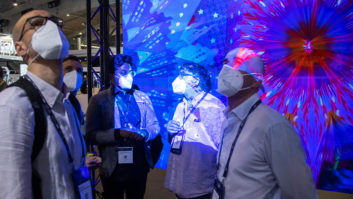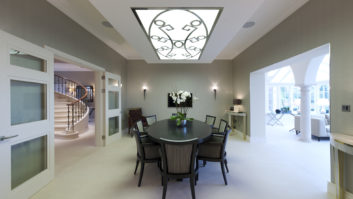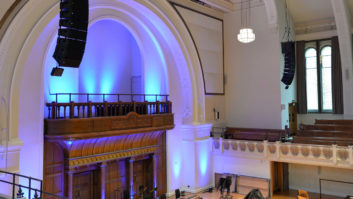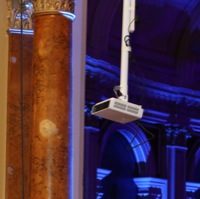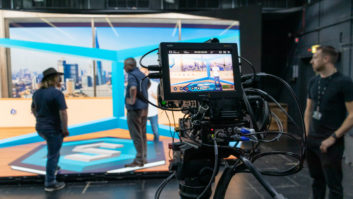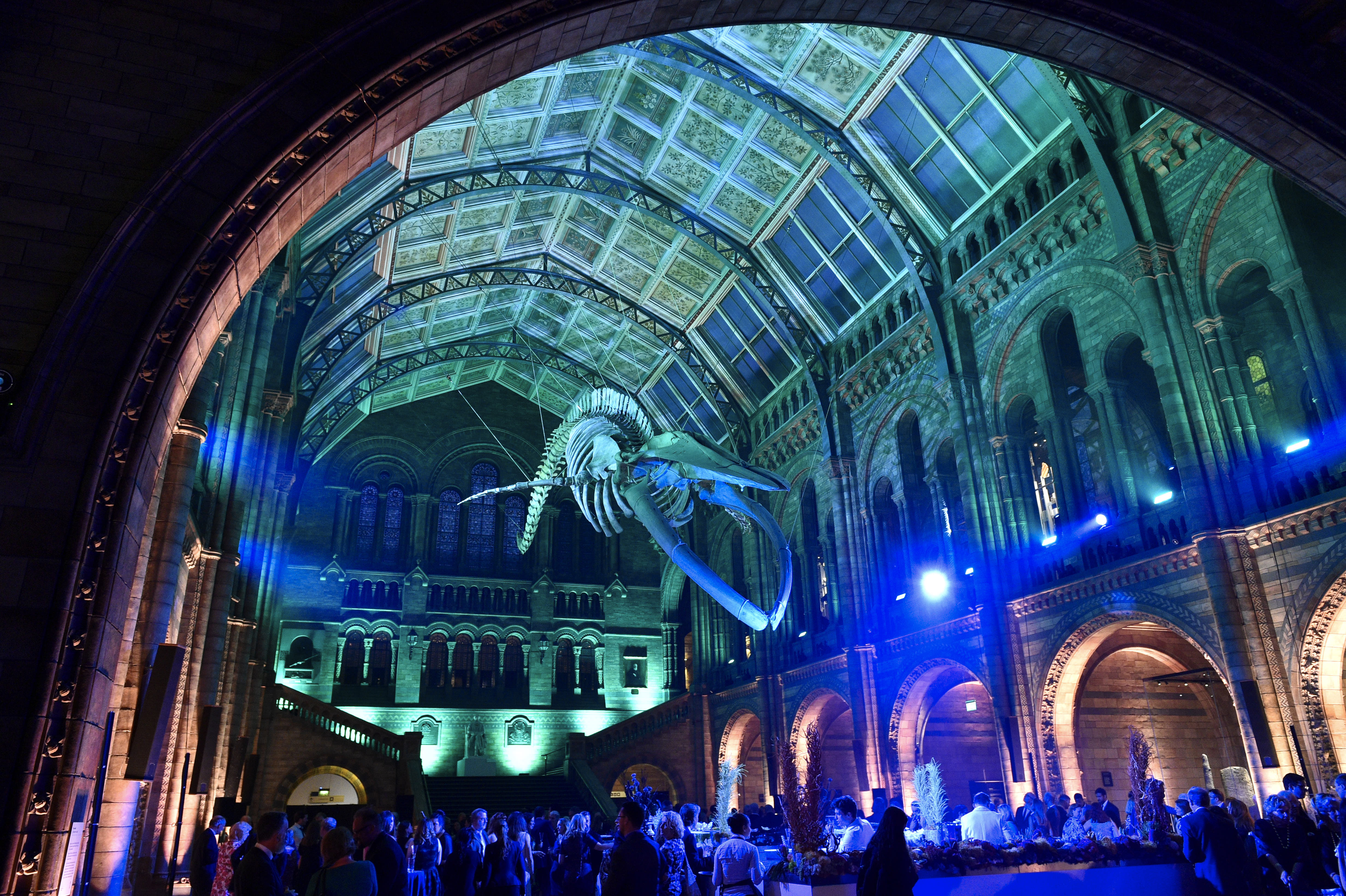
Jason Larcombe, project manager at White Light discusses the company’s diversification from a theatre background to its current position covering a wide array of events.
Tell us about the business.
White Light is the complete technical solution specialist offering a range of services including lighting, audio, video, rigging and staging to events of all sizes across the UK, Europe and worldwide.
Founded in 1971, we started life in London’s West End, providing lighting technology on several shows that would become international successes. Whilst we still work in theatre, we have diversified significantly in recent years and now work in a range of markets including corporate events, broadcast, leisure, education, retail and worship. We are also the only cross-palace approved supplier at Historic Royal Palaces along with being the in-house AV supplier at Claridge’s and the Connaught Hotel Group.
We are based in Wimbledon, South-West London where we employ more than 220 members of staff and have an annual turnover of £25 million, which includes a yearly £3 million investment in the latest technology. We also have an on-site state-of-the-art studio facility, Studio15, which is available for client use, demonstrations and pre-rigging.
What is your geographic reach?
We are based in London and offer our services all across the UK. In recent years, our reach has expanded globally and we have overseen installs all across Europe and the UAE. We recently formed ITPS with Ptarmigan, which is a company offering installations, technical support and state-of-the-art technology to venues and projects across the GCC.
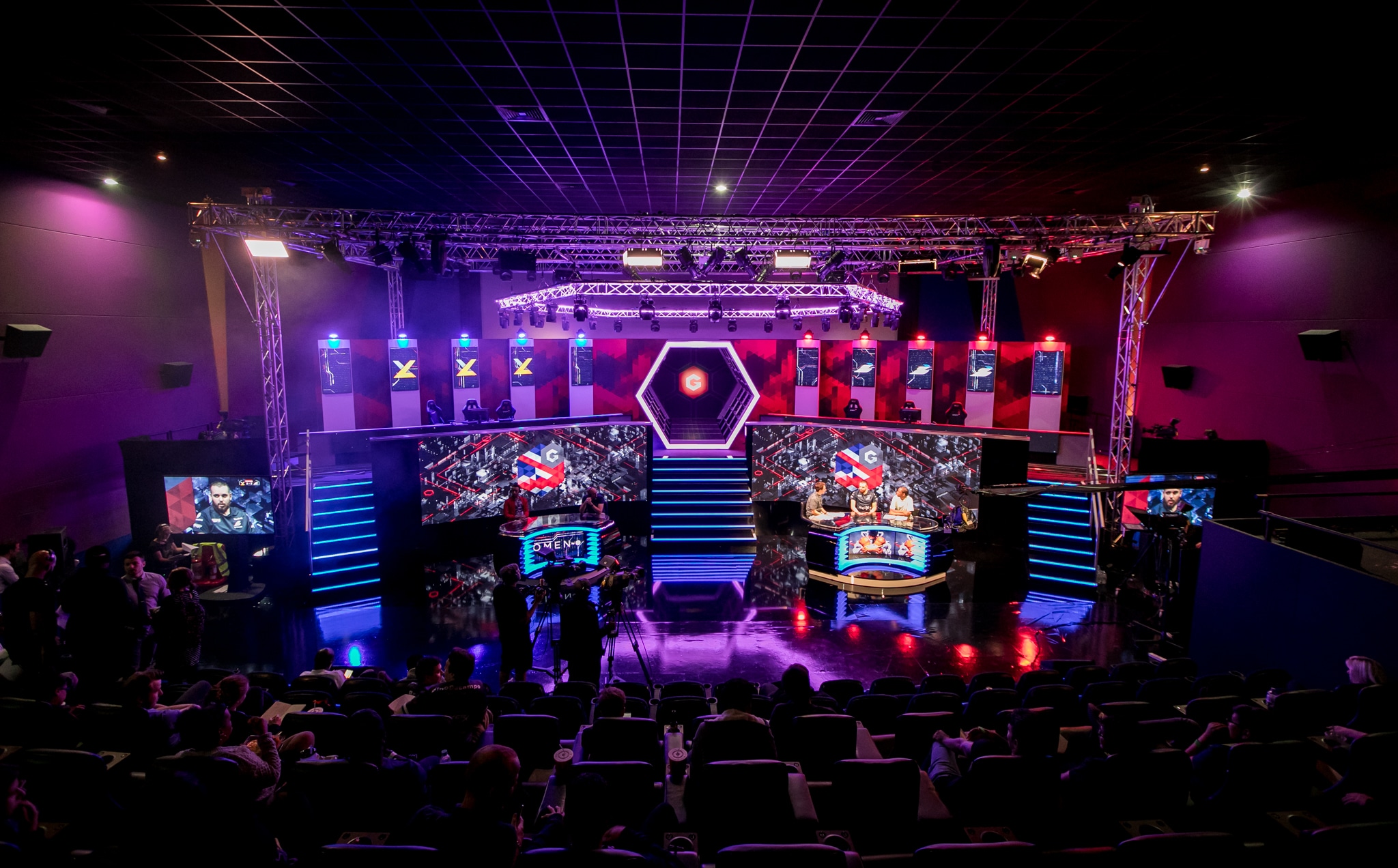
How is business?
2018 is already proving to be an extremely busy year for WL. We have been appointed Production Partner at both Illuminate (the Science Museum’s new events spaces) as well as The Mermaid London. We’ve also won yet another award for our corporate event work at the AV Technology Europe Awards and continue our work as cross-palace approved supplier at Historic Royal Palaces.
“I believe we should be focusing on other industries such as medicine and construction who are embracing this [AR/VR/MR] much quicker, but there are still things to learn”
What trends are you seeing in the current market?
In terms of technology, screens and displays are continuing to develop, including clear OLED which opens up some very interesting opportunities for exhibition and display marketplaces; especially when combined with interactive sensing technology. There is the ongoing AR/VR/MR debate – one which, at present, isn’t shaping any definitive solutions. I believe we should be focusing on other industries such as medicine and construction who are embracing this much quicker, but there are still things to learn. People are tending to move away from singular experiences and more towards collaboration in terms of AR/MR.
What’s hot in AV right now?
Projection technology is rapidly improving, with a greater number of brands adopting laser technology, and colour and contrast developing with every new release. For some of the venue work I do, the new short throw lenses have enabled me to meet briefs and budget as well as being able to use less machines and still maintain image quality. Also, I am specifying more and more of Crestron’s new NVX products, as part of fully integrated AV networking solutions. These just about fit every application and being scalable suit the way clients often build their systems and develop resources over time. Once the design has been implemented, it becomes very easy to add further elements later down the line without excessive redesign and programming.
Any personal favourites when it comes to AV equipment?
It’s at this moment I should show my age and say the Kodak Carousel… I only say that because I was at an exhibition recently where I heard one clicking away in the background, and the slightly fuzzy sepia images stirred an argument within me about our constant striving for sharper and brighter images. There is only so much that the eye can perceive! I also remember setting sequences on larger scale conferences, and I still believe that beats any click of the button on a media server!
“There is a lack of appreciation at the critical design phase as to how the end user may actually intend to use their building”
What are the biggest obstacles/frustrations you’re seeing in the industry?
Underestimating infrastructure. Firstly, with new buildings, there is a lack of appreciation at the critical design phase as to how the end user may actually intend to use their building. This often leads to conflicts in terms of layout or resource later down the line when it is harder to rectify. Many projects include IT consultants at early planning stages and I also believe there is a valued place for an AV designer or system integrator at this point. These will then be able to consider how people may wish to use the building and a whole host of possible resources available, with future proofing in mind. Projects are often very long in the planning stage, which also means equipment specified early on can be redundant or superseded when it comes to the actual installation phase.
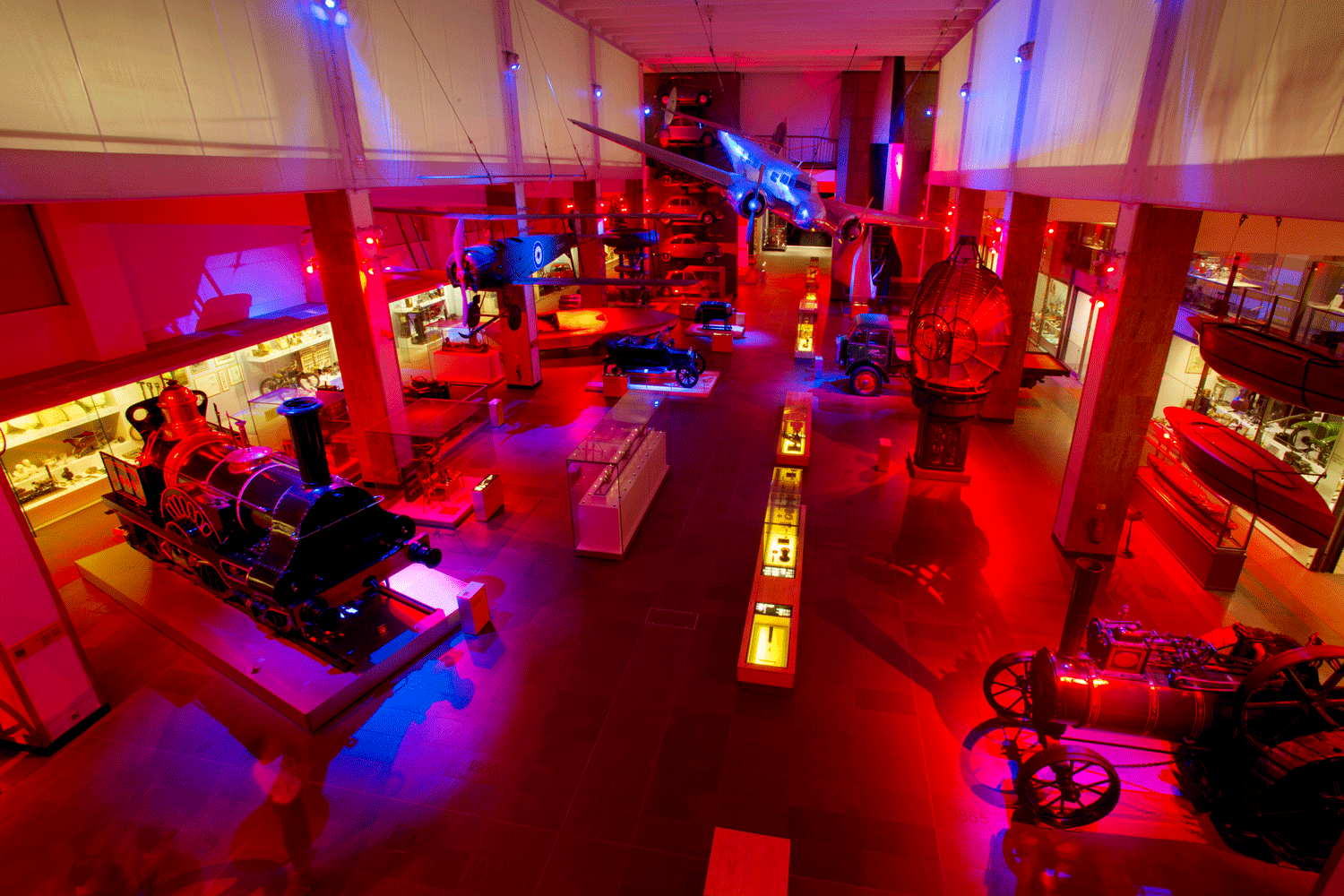
Has the attitude towards professional and high quality AV changed for businesses in recent years?
There is an ever-increasing competition on product, and manufacturers are cycling products faster in order to bring to market their very latest offering. This makes it hard for companies serving the rental industries to keep up with trends because you need to depreciate products so much faster in order to recycle and remain ahead. People are spending more on AV products, but are also looking for solutions that are scalable as often funding only gets released in stages. I also believe that there is a greater social acceptance for technology, and we are now finding its place in society and education (this I believe is partly due to prices dropping and making it more accessible to a wider community in the consumer arena i.e. smartphones). As a result, more projects are being conceived using technology, and companies and organisations are prepared to take more risks on designing and implementing ground-breaking systems in order to lead the way.
Why should end users go through an integrator rather than simply buy and install themselves?
It’s ultimately about the bigger picture. Generally, an end user is seeking a solution to a particular problem or brief, but often focussed solely on that brief, and not how their project may interact with other ongoing projects. I see this all the time in museums, venues etc. where there are often multiple projects occurring all at once with multiple stakeholders. The system integrator’s role is to respond to the brief, but also consider the impact on the bigger picture, to bring together all the stakeholders and consider all the possible uses for a system.
What are the most common mistakes from businesses when it comes to AV?
Planning is one along with the full understanding of the scope of a system design. Similarly, in terms of technology, knowing the marketplace for a piece of equipment is often difficult. It is very easy to overcomplicate AR and underestimate a solution by not fully listening to the needs of a client, which can lead to a bid being uncompetitive or a system not delivering over the course of time.
Finally, how important is it for a business – of any kind – to have/use good quality AV?
It is essential for modern businesses to make full use of AV solutions/technology. At a core level, there is an expected standard of AV for presentations, with ease of use, accuracy and flexibility as drivers. There is no longer time for rehearsals so systems need to work accurately first time and with an ever-increasing range of input sources. When it comes to fully integrated AV solutions, there are commercial gains for venues to operate using the latest technology, attracting client recognised brands and, with competitive pricing, minimising operating costs of more traditional AV facilitation models. For many events, clients want to communicate outside of a venue, and we are seeing live streaming become a deal breaker with venues that are unable to facilitate losing out to others that have invested. The lines are also becoming blurred between what is live streaming and what is broadcast as technology prices decrease and quality increases.
